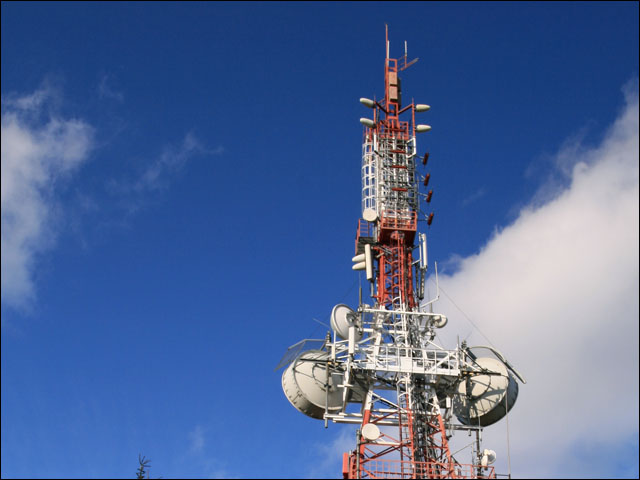Telstra and Huawei have achieved downlink and uplink speeds significantly exceeding the throughputs seen on current Australian mobile networks, in a local trial of the Chinese vendor’s Long-Term Evolution hardware.
The results come after the pair conducted a six-month trial of the LTE standard, which is viewed as the long-term upgrade path for Australia’s mobile networks. Telstra registered peak speeds of 149.4Mbps using the 1800MHz spectrum during the effort. The trial involved testing the performance of Multiple-Input and Multiple-Output (MIMO) antenna configurations, while managing the network interference to improve its speed.
Telstra executive director for Networks & Access Technologies, Mike Wright, said in a statement that the trial had been important in testing the limits of the technology and exploring its performance.
“As a technology, LTE has some unique characteristics that result in improved radio network capability and efficiency such as improved capacity and speed,” Wright said.
Telstra and Huawei confirmed plans for the trial in March 2010 and began testing the new technology in May in two different environments. The first trial was conducted in a controlled laboratory using 20MHz of bandwidth in the 1800MHz band, while the second was in the field using 10MHz of spectrum, also in the 1800MHz band.
149.9Mbps peak downlink speeds and 59Mbps peak uplink speeds were achieved in the controlled environment. Field trials, which used 10MHz, reached peak downlink speeds of 69.3Mbps and uplink speeds of 24Mbps.
Huawei Australia CTO Peter Rossi said the results were impressive and showed the feasibility of using 1800MHz spectrum to rollout LTE in future.
“As mobile customers move away from 2G services and onto 3G and LTE, 1800MHz spectrum will increasingly become available to be re-farmed by operators,” he said. “The overwhelming success of these trials shows that 1800MHz can be an attractive option for deploying LTE, where access to other spectrum bands is constrained,” he said.
The trial was conducted in the Box Hill area, near Melbourne. Huawei provided a 1800MHz LTE-SAE (System Architecture Evolution) network and facilities. The pair said the trial had proved the LTE technology against several criteria, including cell-handover, propagation and latency performance.
Both of Telstra’s major Australian rivals, Optus and VHA, are also conducting LTE trials, also using Huawei hardware. Neither telco has explicitly stated in recent months what the current peak speeds of their existing networks are, but Telstra’s Next G network is known to support peak theoretical speeds of up to 42Mbps in some areas, and the telco is planning an upgrade to 84Mbps in 2011.
Image credit: Adam Jakubiak, royalty free

